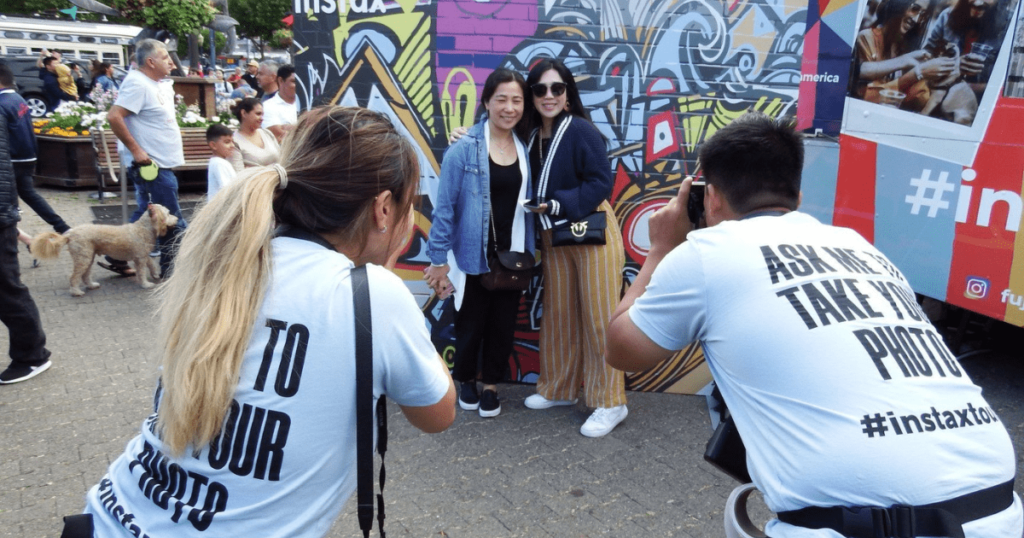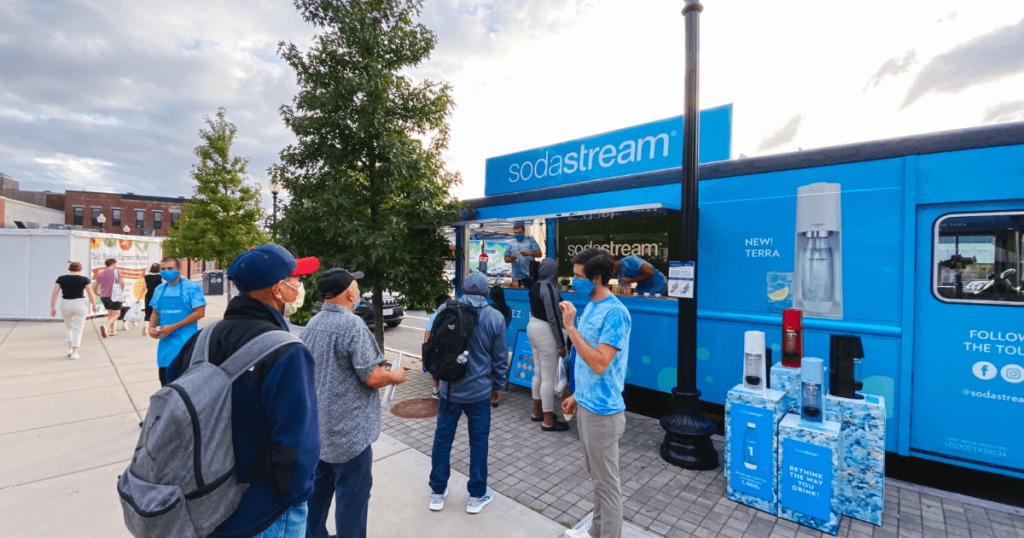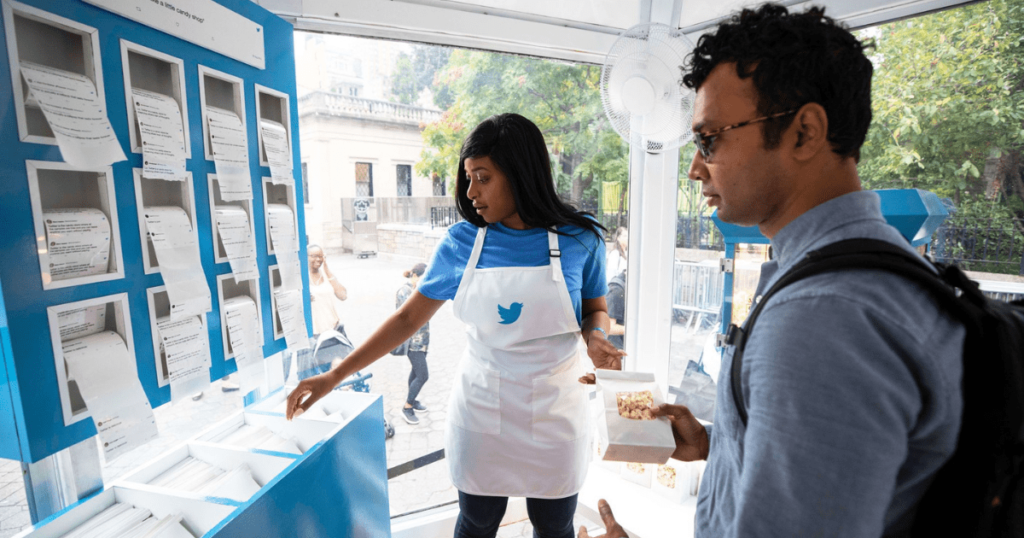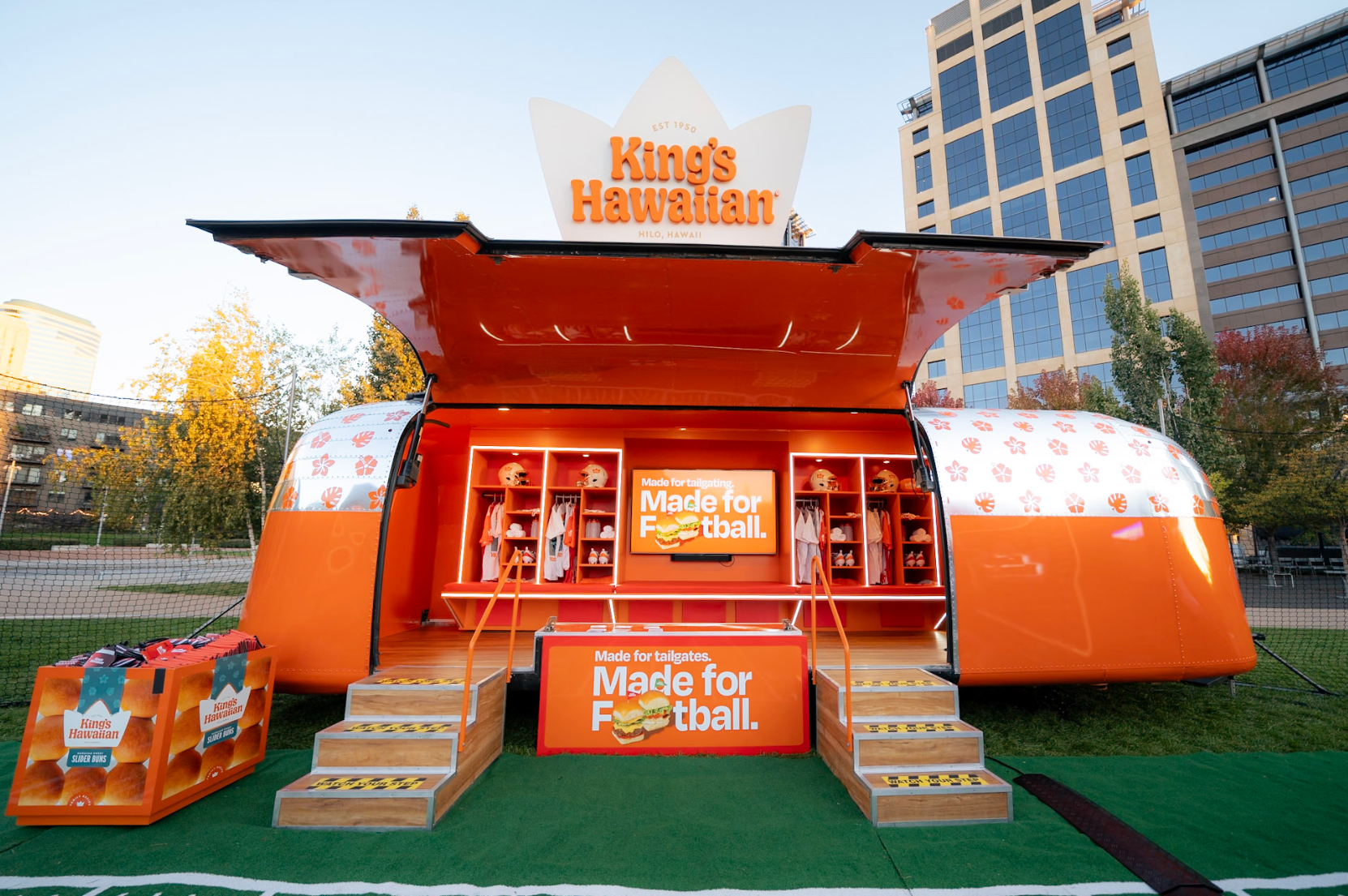The popularity of experiential marketing is exploding, and more and more brands are implementing events into marketing strategies. This tactic can be highly effective at engaging customers and building brand loyalty, but it has challenges.
Challenge #1: Creating a memorable experience
One of the biggest challenges is creating truly memorable experiences that resonate with customers. Developing original and creative ideas that stand out in a crowded marketplace can be difficult. Creating a memorable experience is crucial to experiential marketing success. Establishing an emotional connection between consumers and the brand is essential. This can be achieved through storytelling, interactive elements, and personalization. A well-designed experiential marketing campaign should be immersive, engaging all the senses and transporting customers to a different world. Think about doing something unique and unexpected that customers will remember long after the experience. Make sure your event is shareable. Give your attendees opportunities to create and share social media content. This will also help extend your campaign’s reach.
It’s important to focus on the customer journey. This means considering every touchpoint and interaction that customers have with your brand during the experience. From the moment customers arrive at the event or activation, to the activities they engage in, to the follow-up communication after the event, every step should be carefully crafted to create an impactful experience. This can be achieved through technology, such as augmented reality or virtual reality, that enhances the experience and creates a sense of awe and wonder. It can also be achieved through personalized messaging and activities that make customers feel seen and valued.
By creating a truly memorable experience, brands can build deeper connections with customers, drive word-of-mouth buzz, and, ultimately, drive business results.

Challenge #2: Measuring ROI
Measuring the ROI of experiential marketing campaigns can be challenging because the impact of the experience may take time to quantify. However, several key metrics can be used to assess experiential marketing campaign effectiveness. These include attendance and engagement rates, social media reach and engagement, lead generation and conversion rates, and brand sentiment and awareness. It can also be helpful to track customer behavior and purchase patterns before and after the experience. This will enable you to assess the long-term impact of the campaign on sales and customer loyalty. Setting clear goals and objectives at the beginning of the campaign is critical. It’s important to align metrics with those goals and use data analytics and reporting tools to track and analyze results. By doing so, brands can gain valuable insights into the effectiveness of their experiential marketing efforts and make data-driven decisions to optimize future campaigns.

Challenge #3: Logistics
Experiential marketing campaigns often involve complex logistics, including venue selection, staffing, and equipment. To overcome these challenges, your brand must invest in careful planning and execution. This may involve working with experienced partners such as event planners, production companies, and staffing agencies. This ensures that all aspects of the campaign are handled professionally and efficiently. Conducting thorough site visits and risk assessments to identify potential issues before the event is also very crucial. A contingency plan is beneficial for any unexpected problems that may arise during the event. By taking a proactive and strategic approach to logistics, brands can ensure experiential marketing campaigns run smoothly and achieve their intended goals.
In addition to careful planning and execution, several other strategies can help overcome logistical challenges with experiential marketing. One is to leverage technology to streamline processes and increase efficiency. For example, event management software can manage registration, ticketing, and attendee tracking, while mobile apps can facilitate on-site engagement and communication.
Another strategy is to invest in training and development for staff and brand ambassadors to ensure they can handle any challenges during the event. This may include providing comprehensive briefings, role-playing scenarios, and ongoing support and feedback.

It’s crucial to maintain strong communication and collaboration between all stakeholders involved in the campaign, including vendors, partners, and staff, to ensure that everyone is aligned on objectives and working together to succeed. By adopting a holistic and collaborative approach to logistics, brands can overcome challenges and deliver impactful
experiential marketing campaigns that resonate with customers and drive business results.
Your brand can build deeper connections with customers by continually learning, iterating, and refining your experiential marketing approach. You can differentiate yourself in a crowded marketplace and succeed in experiential marketing.



